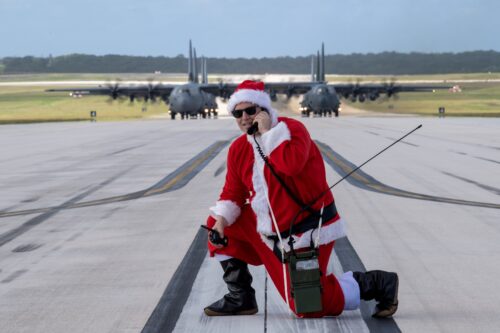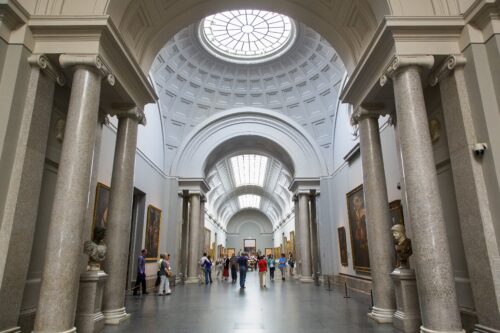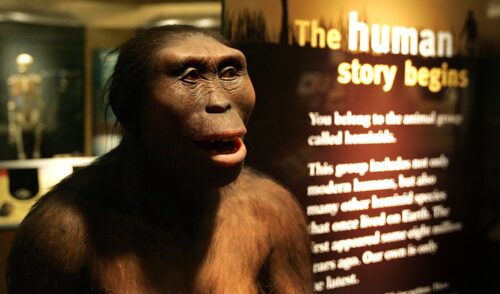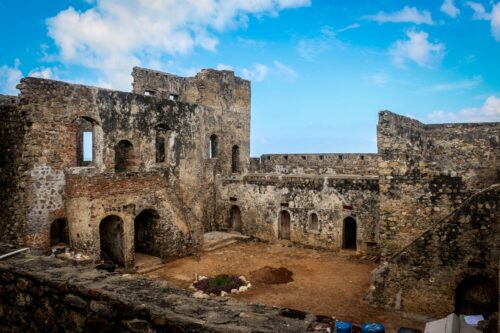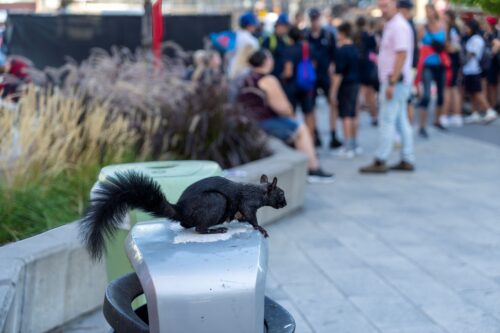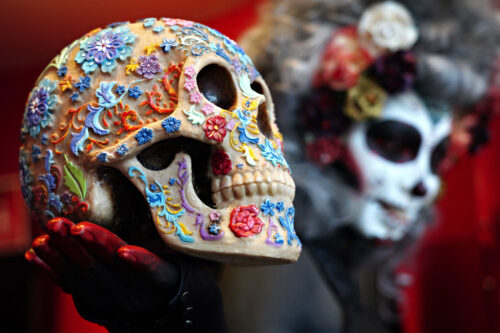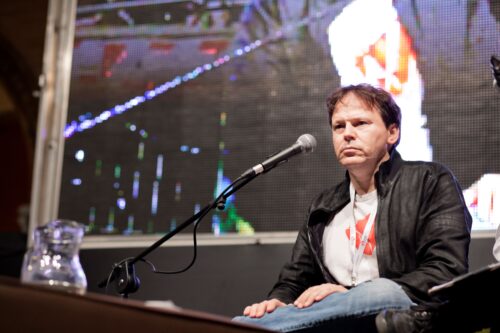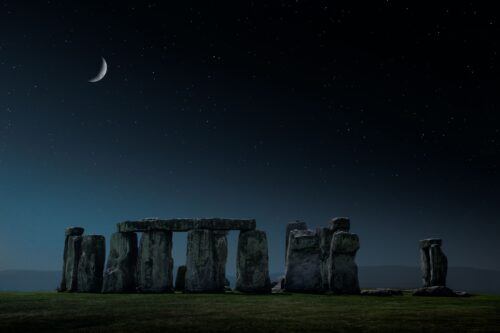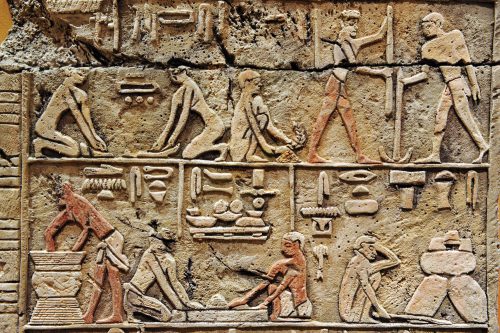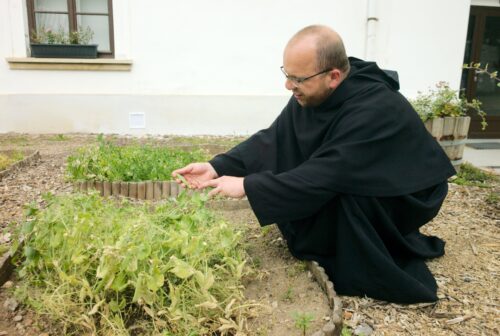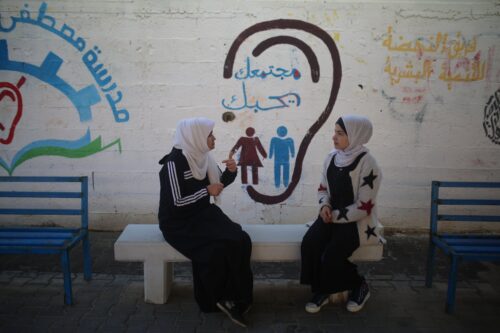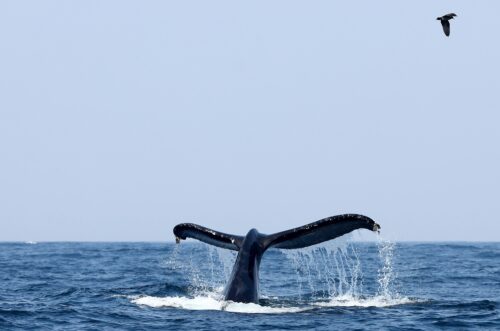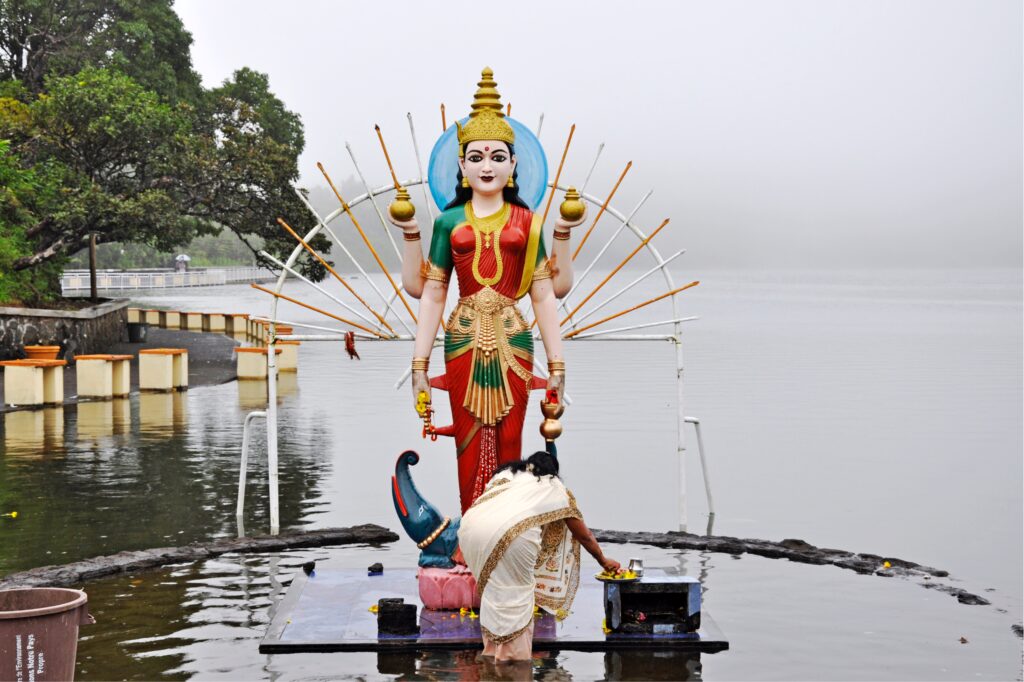What Cargo Cult Rituals Reveal About Human Nature
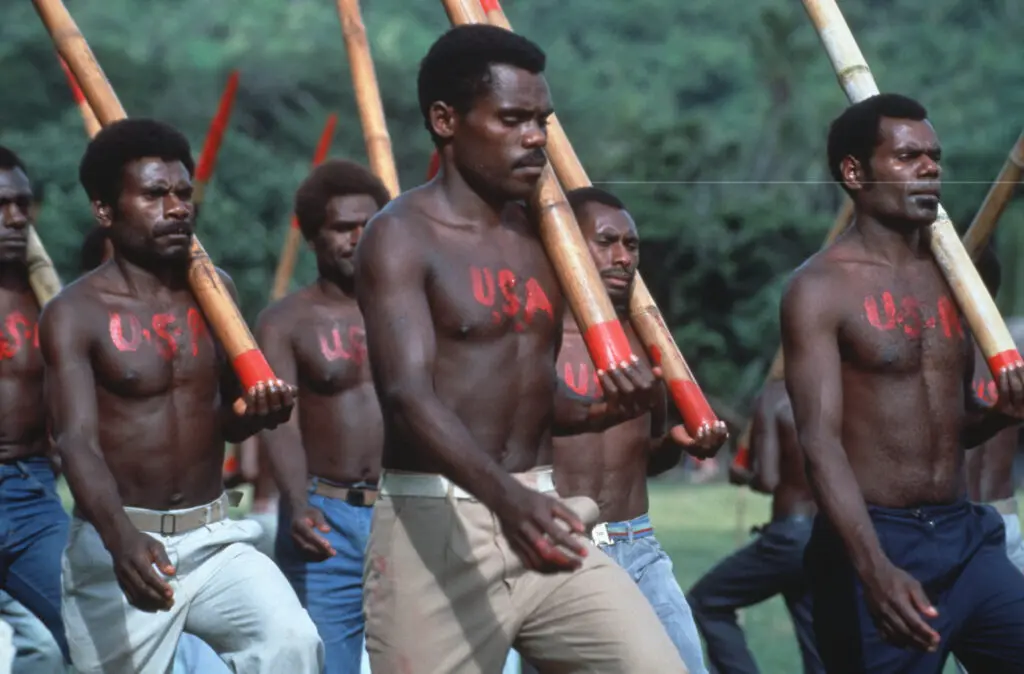
On a tropical island in the South West Pacific, a few dozen men gather in the rainforest. They are wearing long trousers but no shoes or shirts, and red paint marks the initials U.S.A. on their bare chests. Carrying thick bamboo poles painted with red stripes, the men greet each other cordially and muck around for a while.
Suddenly, the toll of a bell abruptly changes the mood. Everyone stands upright, looking solemn and purposeful. A frail-looking older man in a worn-out military jacket several sizes too large shouts something in Bislama, a pidgin language common in Vanuatu, and the men get in formation. They place their bamboo poles on their shoulders like rifles, and at the next command begin marching in lockstep through the jungle.
Their destination is a clearing in the forest that looks like a landing strip. But the only airplane present is a full-size wooden replica of a light aircraft. On one side of the strip lies a control tower made of bamboo. On the other sits a satellite dish built of mud and straw. Undeterred by the apparent lack of any actual aviation technology, some of the men light torches and place them alongside the runway. Others use flags to wave landing signals. Everyone raises their gaze to the sky in anticipation.
They wait. But the planes never come.
Scenes like this have been reported by anthropologists and other observers in various parts of Melanesia since the late 19th century. [1] [1] The scene above is an amalgamation of various accounts but draws especially on depictions of John Frum followers on Tanna, an island in the nation of Vanuatu. See, for example, the documentary Waiting for John. When Indigenous communities throughout the area had their first encounters with colonial forces, they marveled at the material abundance the foreigners brought with them. During World War II, when many Melanesians worked for U.S. and Australian military forces, they observed soldiers who never seemed to engage in any productive activities, such as fishing, hunting, working the land, or crafting anything. All they did was march up and down, raise flags, chant anthems, and signal toward the sky.
And when they did that, metal birds appeared and dropped all kinds of goods for them. The Indigenous observers concluded that the strange rituals were causing the cargo to arrive.
With the end of the war, the military bases were abandoned and the goods ceased to arrive. To get the cargo to return, local chiefs began organizing ceremonies that mimicked the rituals of the troops. Soon, elaborate myths and theologies developed around those rituals. Surely, the cargo must have been a gift from the gods—their own ancestors. After all, who else could be capable of producing such wealth? The foreigners had merely discovered the rituals that unlocked these treasures.
Ritual is a social technology as ancient as our species.
These remarkable religious movements became known outside of Melanesia as “cargo cults.” The term first appeared in print in an Australian news magazine in 1945 and was soon adopted by many anthropologists. Others in the field raised objections over the term, pointing to its Western-centric origin and pejorative connotations.
Ethnographers stressed that these movements were about much more than just material goods. They saw them as revitalization movements, acts of resistance against colonial intervention and missionization. By the middle of the 20th century, Indigenous communities throughout the area had experienced more than a century of European and later Australian, Japanese, and U.S. colonial and military interventions. These intruders had taken control of their land and coaxed or forced them into slave labor. Missionaries had also established a kind of moral police that punished those who practiced traditional customs not in accordance with Christianity. Within that context, ethnographers argued, cargo cults had emerged as a way for local leaders to consolidate their power, relieve social stress, and/or unite communities under a proto-nationalist ideology or a demand for political autonomy.
But the emergence of cargo cults also reveals something else: the universal human need for ritual. Examined from this perspective, the practices of Melanesians may begin to look more familiar to those of us living in other parts of the world.
Early anthropologists saw ritual as a crude attempt to make sense of the world. They often disparagingly described Indigenous beliefs and practices as “prelogical,” like those of young children. The assumption was that one day these groups of people would “grow up” and shed their backward ideas. Ironically, however, in reporting on what they saw as “primitive” or exotic, anthropologists often unwittingly described the behaviors of people in their own societies—revealing some truths about human nature in general.
Research shows that humans have intuitive expectations about ritual efficacy that operate unconsciously. From early childhood, we are drawn to ritualization. Young children are obsessed with routines and patterns, are keen on imitating others, and appear to believe that ritual actions have causal effects. For instance, studies have found that preschoolers think birthday parties cause other children to grow older.
Adults, too, have similar intuitions, even if they don’t realize it. In a study conducted in the U.S., my colleagues and I showed people videos of basketball players shooting free throws. In half of those videos, a player performed a pre-shot ritual like spinning or tapping the ball. In the other half, we switched the camera angle to show the same shots without the ritualized parts. After the ball left the player’s hands, each video stopped, and participants were asked to predict the outcome of the shot. As it turned out, they expected the same shots to be more successful when they were ritualized.
Why would we have such expectations if a ritual doesn’t actually cause cargo to fall from the sky or make our free throws more accurate? This question has bemused social scientists for a long time. But while ritual, by definition, does not have a direct causal outcome, this does not mean it has no function at all.
On the contrary, as I explore in my new book, Ritual: How Seemingly Senseless Acts Make Life Worth Living, rituals play key roles across human societies, helping their members soothe their anxieties, connect, and maintain social order.
Melanesian cargo cults flared up during times of crisis. When colonists started arriving in the area in the 17th century, Melanesians saw their ways of life upended. The invaders imposed changes that devalued their customs and norms, and colonists’ military strength left them feeling powerless to react. Faced with the pressures of modernization and capitalism, their traditional exchange systems, based on barter and gifting, now seemed obsolete. And while previously self-sufficient, they suddenly felt relative deprivation compared to the foreigners’ opulent lifestyles. It was against this backdrop that cargo cults emerged. And indeed, such movements occurred more commonly in those areas that faced greater encroachment from the colonizers.
This reflects a broader pattern: People are more prone to turn to ritual in stressful contexts such as war, illness, or natural catastrophes.
Indeed, experiments show that ritual can be an effective coping mechanism. For example, in research conducted with Hindu women in Mauritius, my colleagues and I found that performing prayers at a temple helped the women reduce stress (both subjective and physiological) caused by contemplating natural disasters. Likewise, cargo cult rituals may have helped Melanesians cope with the uncertainty of their rapidly changing conditions. They also served crucial social functions. By bringing Indigenous people together to enact them, these rituals forged a sense of common identity and helped create a collective conscience. [2] [2] Introduced by the French sociologist Émile Durkheim, the term “collective conscience” refers to a set of shared beliefs, ideas, attitudes, and morals common to a social group and acting as a unifying force within that group.
A belief in an ideology, either religious or secular, may serve similar functions by offering people hope and fostering shared identities. But rituals embody these social realities in ways that mere words or rhetoric cannot. While calls for reviving traditional beliefs and customs had been around for some time in Melanesia, it was through the practice of rituals that cargo cults were able to spread. Marching, dancing, and singing in synchrony while displaying group symbols are all excellent ways of inducing the kind of visceral bonding that collective ceremonies are often so good at. After all, cargo cult rituals were directly copied from another cohesive unit: the U.S. Army.
To an outsider, the actions of Melanesians may seem naïve or misguided. But who among us has never participated in a ritual that would have seemed equally comical to an unfamiliar observer?
Ritual is a social technology as ancient as our species. While its forms may vary widely through time and space, its role in our lives remains virtually unchanged. Whether at a religious temple, a sports stadium, or a political rally, the coordinated, symbolic actions of the congregants, rather than their abstract beliefs, help them assuage their anxieties and find belonging.

